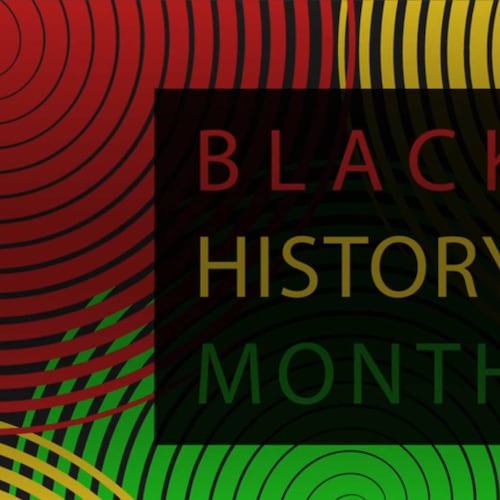You can give Travis Kelce credit for many things.
He helped the Kansas City Chiefs win another Super Bowl over the weekend. He seemingly keeps a smile on Taylor Swift’s face. He might’ve even reignited your love for the Beastie Boys’ “(You Gotta) Fight for Your Right (To Party!).”
But one thing he won’t take ownership for is the fade.
Credit: Hyosub Shin
Credit: Hyosub Shin
Mainstream media recently credited the tight end for popularizing the hairstyle. Although he’s been rocking the look for years, along with so many others (particularly of course, Black men), barbershop clients across the world have apparently been requesting “the Travis Kelce” more frequently lately, according to one report.
Sure, more folks may be asking for the fade, but some articles have failed to offer the necessary cultural context to understand its true history.
According to Ebony magazine, the hairdo has been around since the 1940s, thanks to the U.S. military’s strict grooming rules. By the 1980s, Black barbers had revamped it and hip-hop heads couldn’t get enough of its newfound versatility.
Whether worn high or low, with a part or incorporating other fancy designs, the fade has been a staple in the Black community for decades.
The look is not new, and Kelce knows this.
“Stop telling people I invented the fade. I didn’t,” he said during an episode of his New Heights podcast, which he co-hosts with his brother and Philadelphia Eagles center Jason Kelce.
His big brother cosigned the sentiment and couldn’t help but note that “the Travis Kelce” craze coincidentally began during Black History Month.
“What better month to credit a white man for inventing the fade than February,” Jason said.
This isn’t the first time mainstream media has been late to trends originated or popularized by Black culture, and failed to give proper credit or context. Here are three other similar situations of Black culture origin-story-remixing.
Taylor Swift’s “Swag Surf”
Credit: Natrice Miller / Natrice.Miller@ajc.com
Credit: Natrice Miller / Natrice.Miller@ajc.com
Just last month, one publication updated its explainer on “Swag Surfin,’” to include additional context about the 2006 song and its Atlanta roots, after Taylor Swift did the dance at a Chiefs game.
Ohio State University’s marching band
Credit: TNS
Credit: TNS
Remember when the news highlighted this PWI’s (Primarily White Institution’s) “inventive” field formations and dance routines — without acknowledging the HBCUs that initially made halftime shows the main attraction at football games?
Jalaiah Harmon
Credit: Michael Rozman
Credit: Michael Rozman
It was indeed a young Black girl from Fayetteville, Georgia, who created the viral “Renegade” dance to K. Camp’s “Lottery,” although it was first associated with her white TikTok peers.
Unfortunately, the list goes on and isn’t likely to stop getting longer in the future. Black erasure is real, and mainstream media has played a part.
If we’re going to ensure the next big cultural phenomenon isn’t just a whitewashed version of something Black people already made, and made cool, we’ll have to keep calling out cultural colonization, even when those who are given credit aren’t necessarily at fault.
Otherwise we could find that our brilliant creativity and its collective impact on society will, as recent history has proven, fade away.
About the Author
The Latest
Featured







